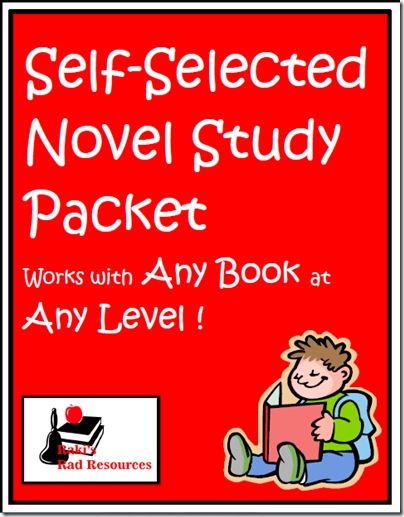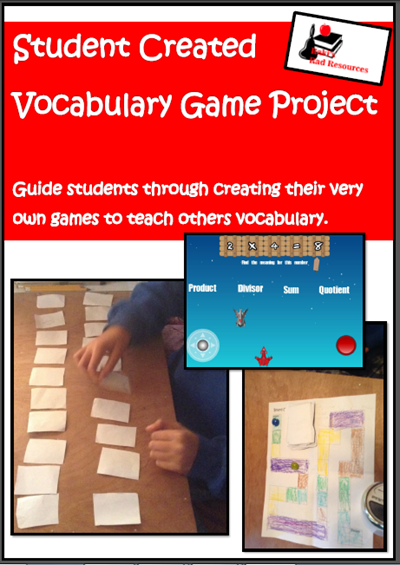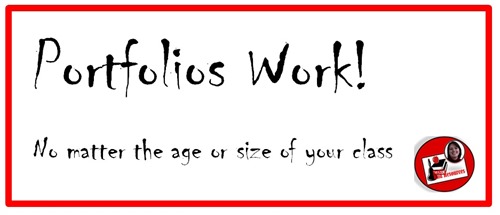Giving students control over what they learn and how they learn means that students are more motivated, more interested and more likely to make connections to what they are learning. In fact this upcoming school year, I am going to be giving my kids an entire day each week to explore any topic that interests them in a 20% Time/Passion Project. My eleven year old wants to research marketing strategies to help him with his jewelry making business a success. My soon to be eight year old wants to learn how to make a campfire. I think these are great things to learn and in the process I know we will work on a variety of ELA topics, including internet research, reading critically, and written expression, as well as some science and social studies and possibly even some math.
Obviously I am a proponent of student choice. However, I feel that when we give students 100% control, such as in the unschooling movement, that we miss out on an opportunity to broaden their horizons. Exposing students to topics and ideas that are new and unique to them pushes kids out of their comfort zone, but it also gives them new ideas and new background knowledge. This in turn allows kids to find new ideas and to have bigger passions to explore in future passion projects. In my dream world (which I try to replicate in my homeschool environment) we would all use a 1/3 1/3 1/3 approach.
One third of what we do in the classroom should be about exposing students to new information without student choice. Just because students aren’t choosing it doesn’t mean it should be boring. This is the time to spark student interest in topics they don’t think they are interested in. I often do this with things like Internet Scavenger Hunts, Virtual Time Machines and Novel Studies.
One third of what we do in the classroom should give students at least some choice. Students might choose their own topic, their own book or how they want to present the information they are studying.
For example, when my students researched American History, I let each student choose a person who interested them, but they were required to learn things about them that would relate back to our study of American History.
When we studied rocks, students got to choose a rock or gemstone that interested them, but needed to find out set information.
When we studied deserts, the kids were assigned a desert, but were allowed to choose from a wide range of possibilities to create their “virtual field trips” to their desert.
If students were interested in a particular book, I allow them to study them using my Generic Novel Study Packet or my Generic NonFiction Book Study packet so that they are getting in all of their reading comprehension strategies, but are working with a book that is important to them.
One third of what we do in the classroom should be completely student led. Students should get to read the books they enjoy, explore the topics that interest them, write about what is important to them and make connections between what they are learning and their own background knowledge.
This could be done with a 20% time project, obviously. However, I also argue allowing kids time to free read any type of material and to journal or blog could be included in this topic. This could also be done by teaching others about something they know about or enjoy. My kids do this when they create Tutorial Videos or Vocabulary Games on any topic they choose.
What is essential here is giving students a large amount of time to practice being in charge of their own learning, while still allowing teachers and the classroom to be an element that exposes them to new ideas and concepts, thereby expanding their horizons.
Thoughts on this topic? Feel free to leave a comment. Let’s start a discussion on student choice!













